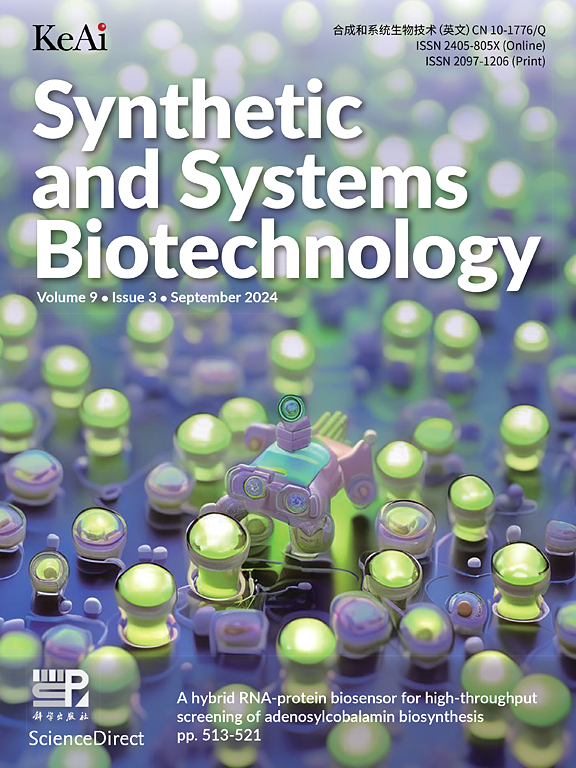Predicting effective drug combinations for cancer treatment using a graph-based approach
IF 4.4
2区 生物学
Q1 BIOTECHNOLOGY & APPLIED MICROBIOLOGY
引用次数: 0
Abstract
Drug combination therapy, involving the use of two or more drugs, has been widely employed to treat complex diseases such as cancer. It enhances therapeutic efficacy, reduces drug resistance, and minimizes side effects. However, traditional methods to identify effective drug combinations are time-consuming, costly, and less efficient than computational methods. Therefore, developing computational approaches to predict drug combinations has become increasingly important.
In this paper, we developed the Random Walk with Restart for Drug Combination (RWRDC) model to predict effective drug combinations for cancer therapy. The RWRDC model offers a quantitative mathematical method for predicting the potential effective drug combinations. Cross-validation results indicate that the RWRDC model outperforms other predictive models, particularly in breast, colorectal, and lung cancer predictions across various performance metrics. We have theoretically proven the convergence of its algorithm and provided an explanation for the algorithm's rationality. A targeted case study on breast cancer further highlights the capability of RWRDC to identify effective drug combinations. These findings highlight our model as a novel and effective tool for discovering potential effective drug combinations, offering new possibilities in therapy. Additionally, the graph-based framework of RWRDC holds potential for predicting drug combinations in other complex diseases, expanding its utility in the medical field.
利用基于图的方法预测治疗癌症的有效药物组合
药物联合疗法涉及使用两种或两种以上的药物,已被广泛用于治疗癌症等复杂疾病。它能提高疗效、减少耐药性并将副作用降至最低。然而,与计算方法相比,确定有效药物组合的传统方法耗时长、成本高、效率低。因此,开发预测药物组合的计算方法变得越来越重要。在本文中,我们开发了随机漫步与重启药物组合(RWRDC)模型来预测癌症治疗的有效药物组合。RWRDC 模型为预测潜在的有效药物组合提供了一种定量数学方法。交叉验证结果表明,RWRDC 模型在各种性能指标上优于其他预测模型,尤其是在乳腺癌、结直肠癌和肺癌预测方面。我们从理论上证明了其算法的收敛性,并解释了算法的合理性。一项针对乳腺癌的案例研究进一步凸显了 RWRDC 识别有效药物组合的能力。这些发现凸显了我们的模型是发现潜在有效药物组合的新型有效工具,为治疗提供了新的可能性。此外,基于图的 RWRDC 框架还具有预测其他复杂疾病药物组合的潜力,从而扩大了其在医疗领域的应用。
本文章由计算机程序翻译,如有差异,请以英文原文为准。
求助全文
约1分钟内获得全文
求助全文
来源期刊

Synthetic and Systems Biotechnology
BIOTECHNOLOGY & APPLIED MICROBIOLOGY-
CiteScore
6.90
自引率
12.50%
发文量
90
审稿时长
67 days
期刊介绍:
Synthetic and Systems Biotechnology aims to promote the communication of original research in synthetic and systems biology, with strong emphasis on applications towards biotechnology. This journal is a quarterly peer-reviewed journal led by Editor-in-Chief Lixin Zhang. The journal publishes high-quality research; focusing on integrative approaches to enable the understanding and design of biological systems, and research to develop the application of systems and synthetic biology to natural systems. This journal will publish Articles, Short notes, Methods, Mini Reviews, Commentary and Conference reviews.
 求助内容:
求助内容: 应助结果提醒方式:
应助结果提醒方式:


